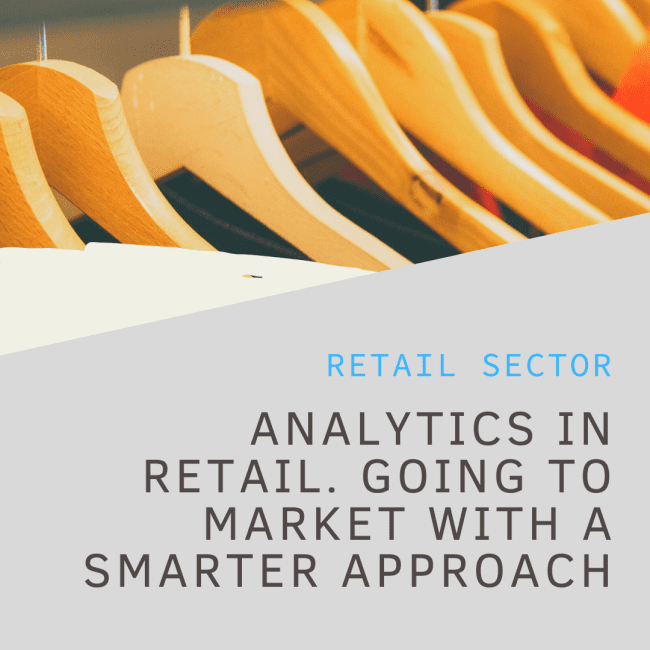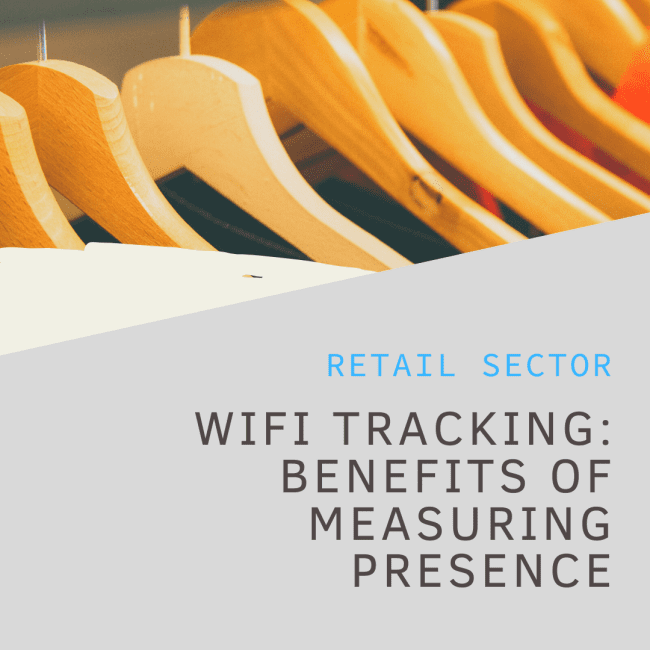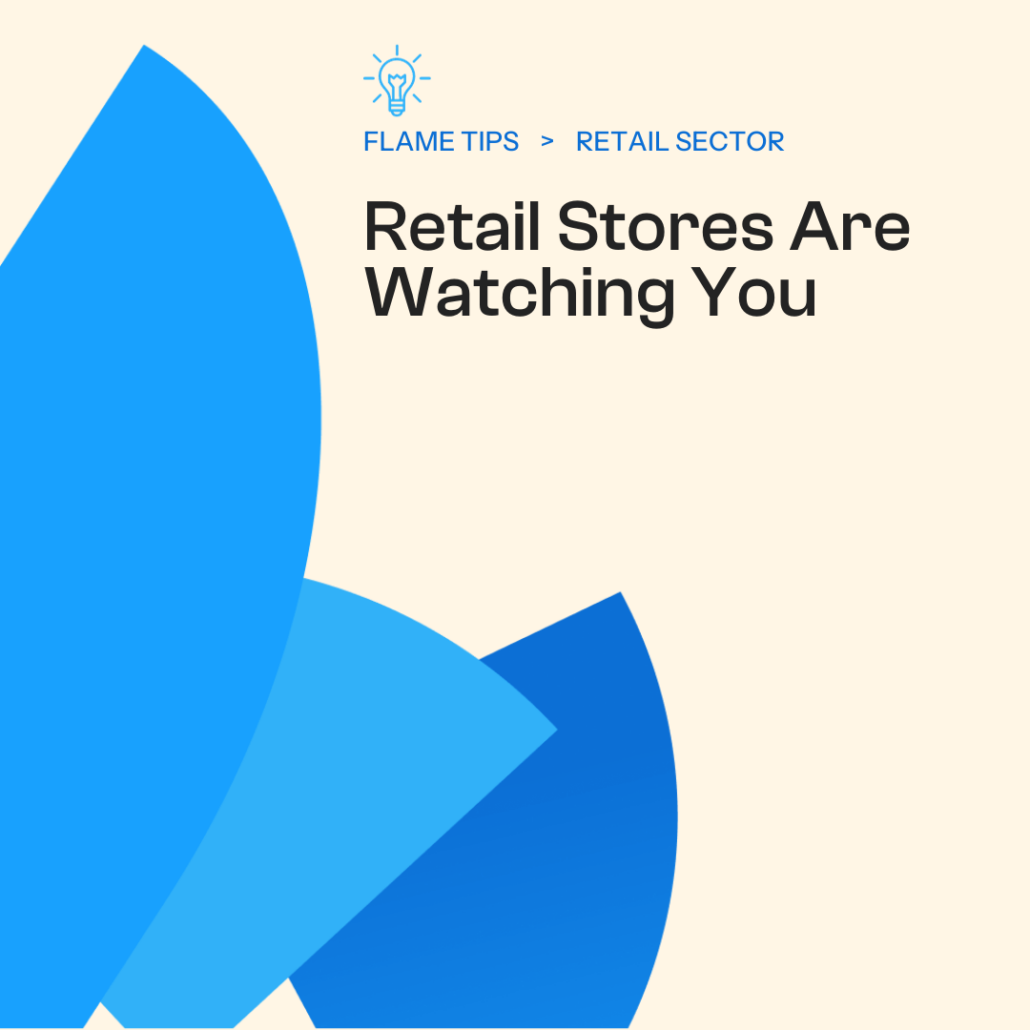Retail analytics is transforming bricks and mortar retail. In this post, we will explore how data can be used to improve your retail business. Stay tuned and take note of this main benefits of retail analytics.
Benefits of Retail Analytics
More efficiency
Retail analytics can play a very important role in improving efficiency in business management. And when successfully managed, you can keep track of a lot of things: stock supply, customer behavior, market trends, demands, etc.
But unless you have data of how you are performing at this moment, you cannot build advanced models to predict if the customer acquisition is increasing or decreasing or, for example, anticipate if you are going to run out of swim suits just before summer season.
The first step is to collect data that can be used to build business intelligence reports.
Improve your marketing performance and ROI
Retail data is a foundation for building business intelligence and itt can also be used to grow.
You can use BI to gather insights that improve efficiency. Data can be used to inform your marketing strategies, lower your advertising costs and increase your marketing ROI.
Get ready for demand (Optimize supply)
Inventory management is a juggling act.
If your inventory levels are too low for a product in demand, you miss an opportunity to sell. If you keep too much of a product on stock, and it does not sell, you are eating away warehousing resources from other products that could actually move the bottom line.
Retail analytics is a great tool to anticipate future demand and optimize your supply chain of vendors to meet the forthcoming surge.
With the use of historical customer data, seasonality effects, market trends, and customer behavior, you can build models that predict your stock needs for the near and far future.
Let’s look at an example of how this is done in practice.
Understand and delight your customer
Usually, we receive customer complaints once it’s too late. The customer already decided not to do business with us.
With the multichannel approach of digital retailers, it is hard to keep track of every touch point. Customers give us feedback by replying to marketing emails, opening technical support tickets, writing reviews of our products, sharing their (dis)satisfaction with their friends, and finally, by voting with their hard-earned dollars.
But when you operate at scale, it is hard to keep track of all these touchpoints. It gets even harder to not mistake the trees for the forest. The amount of customer feedback collected via different sources can quickly turn overwhelming.
Retail analytics helps us collect data from multiple sources fast. But also build composite metrics that cut through the noise, and give us quick insights into customer (dis)satisfaction.
Once we understand what makes the customer happy, we can increase that operation to delight them further. If we measure and monitor customer satisfaction metrics, we can quickly discover when a fire is starting and take it off before it burns out more customers.







